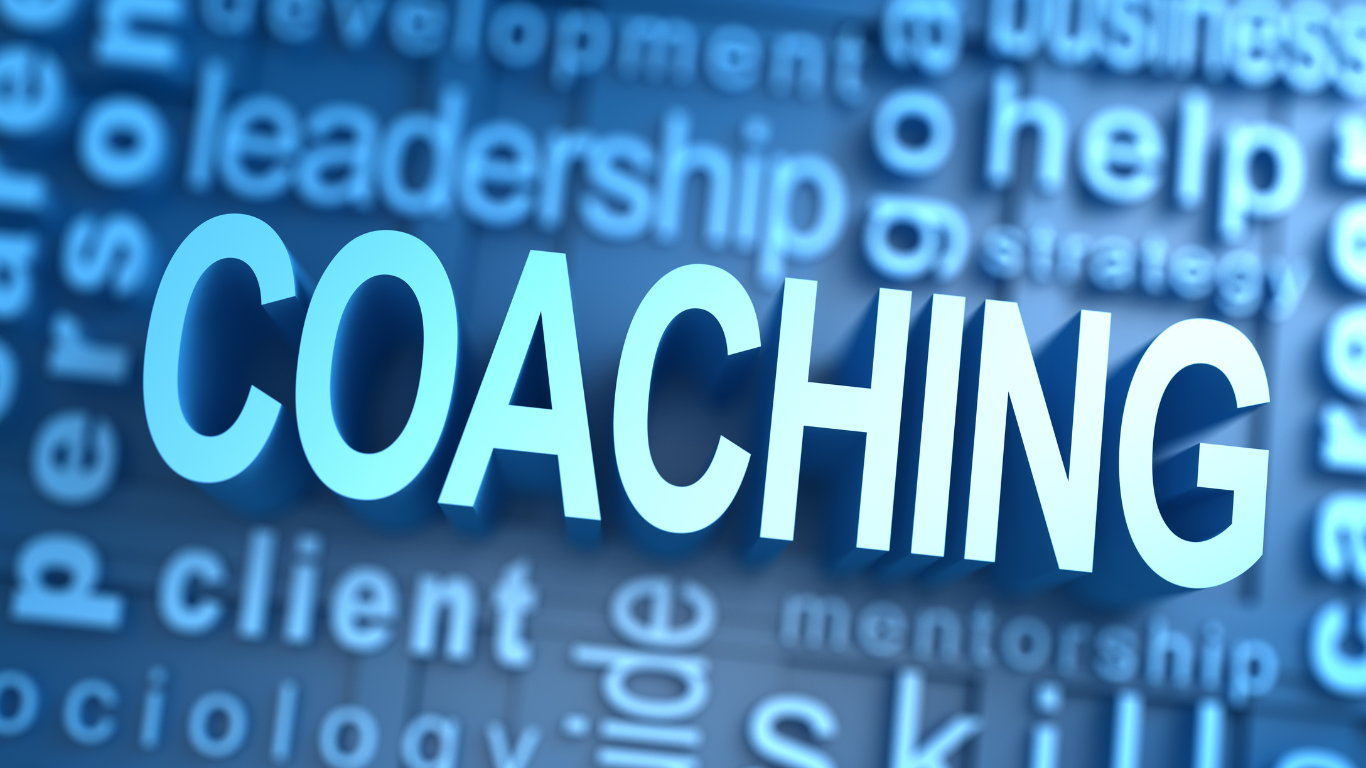
One of the first things I do as a coach is explore who you are and what you want to accomplish. Next, I look for your strengths and where you have room to grow. I follow up by sharing my story to help you see that you are not alone. We move to helping you write your own story as a way of discovering your genius. Then we hold up a mirror for you to see that which you do not necessarily see without the support. During the process, you’ll discover things about yourself you couldn’t have imagined on your own and teach you how to develop that vision into a leadership role.
Once I left Ice Capades in the spring of 1990, I went on to teach figure skating in the Boston area. The next touring season, I returned to see my friends in Ice Capades. I was astonished by what I encountered when the curtain went down on the show that night.
As I made my way backstage to cheer my friends, I was shocked when the Zamboni came out to resurface the ice. That never happened after the show when I was touring. During my time, the ice was left till morning from the show the night before. A blanket of rough, frozen snow encrusted with fallen color sequins from the myriad of costumes that floated over the ice arena stage during the show.
The skating surface was reminiscent of white crushed velvet further textured with debris tossed on it by the audience as they exited the bleachers. It looked as though a vast wishing well was anointed with souvenirs offered to the production staff to take on the road to the next city in memory of the thunderous applause now drowned out by the sound of the humming house lights as the last patron vanished into the night air.
It was on that surface that I would return to my frozen stage after each show to practice my routines, execute my jumps & spins, and train myself in preparation for the day that casting recognized my talent and promoted me to principal skater. On this night, all that had changed,
The company manager met me at the edge of the ice as the Zamboni completed its rounds and left the surface glass smooth. He smiled and welcomed me backstage as I watched more than half the company return to the ice dressed in their practice togs, wearing longer-than-life eyelashes and now garish-looking makeup without the softening of stage light to hide their hideousness/grotesqueness. I thought there was some mandatory rehearsal taking place. Instead, I learned differently. “I know, right?” Said the company manager as he witnessed my mouth drop open in shock, my eyes wide as the landscape of a frozen pond. One of many friends skated up to me in a shout of welcome. “Hey Byron, nice to see you here. We can go out for a drink in about half an hour. I have to get some practice time in, first.”
As Brigitta skated away, the company manager stepped closer to me and muttered, “Ever since you left the show, nearly the whole company has begun to practice like I’ve never seen it before. You started a trend around here and now we have to resurface the ice for safety reasons given how many of the cast members want to practice after the show.”
I’d become an influencer to the corps de ballet of Ice Capades. Because of my meteoric rise from chorus to principal skater, everyone was following suit in an effort to climb the ladder. The overall quality of the show had risen as the 50th Anniversary of Ice Capades had demonstrated new heights in ice show entertainment. This was the first moment I realized what a mover and shaker I’d become as a leader in excellence. Fact is, I did not do any of this alone!
I had coaches throughout my skating career who inspired me to believe in myself. Did I fail? Interesting word, fail. I look at my path more like a set of steps that I fumbled miserably through along the way. There were many times I felt as though I slammed up against the wall. Sometimes, literally. The skating tests I did not pass, the jumps I fell on over and over again. The setbacks in competition were so numerous that I lost count. I remember one coach commenting that I should fall at the start of every competition because once I had a flaw in performance, I came back fighting harder.
It wasn’t just as a skater that I fell on hard times. I recall one of my coaching colleagues telling me that I’d teach about five years before I knew what I was doing. It did not take five years before I learned how not a great coach I really was. I went back and thanked that colleague for humbling me with the truth about teaching.
There were skaters I let down when I missed placing certain elements in their program that cost them championships. There was the time I looked a senior skater in the face and with all the certainty I could muster up, I told them they could do this competition and win. They not only did not win, they fell all over the ice and lost the competition. That is when I sought out coaches to coach me in coaching. Egos can run big among skating coaches and I learned I was no different. There were times I felt I had been whittled down to nothing as a coach in order to pull myself together and try again as I urged my students to do.
While I might have been an inspiration to other skaters in Ice Capades, I too got coached by the male lead of the show. I was to be his understudy and I had a lot to learn. I recall the number of times he would call me to a coaching session and thinking I knew more than he, I would do it my way. Then when I went into the show as his understudy, I would make a mess of my program in front of thousands of paying customers. Paying to watch me mop up the ice in performance. There were times when I was sure I wasn’t good enough to be in a professional show. Yet, my coaches never gave up on me. They continued to show up and help me become a better performer.
After leaving Ice Capades, I settled into my teaching career in Boston and began rising in estimation as a skating coach. Soon other coaches came out of the woodwork to seek my help for their skaters’ rise in competitive figure skating. I went from choreographer to technical coach to head coach of my own team which included a support coach, dance & choreography coach, and costume designer.
Yet through it all, I continued to skate and continued to have coaches develop me. I was fortunate to have international and Olympic coaches work with me, helping me hone my skills as a coach. I learned early on that no one can do it on their own. Even as I rose to become a master rated coach, I continued to be coached by those better than I, so that I could hone my craft.
Around 2009, the sport adopted a new discipline to replace compulsory school figures and I became the MovesMaster for Moves in the Field (since renamed Skating Skills in 2023). A team of a dozen coaches or so published the standards for the new discipline and I became the “go-to” coach on the East Coast to prepare judges to judge the technical aspects of the Skating Skills. I also taught coaches how to coach it, and skaters how to executive the skills , and passed my gold test in the discipline.
What followed was a waiting list of skaters wanting me to coach them, one of whom accomplished his dream to be part of the US Olympic team in 1998, the same year I went on to become the first Professional Pairs Champion of The American Open Professional Figure Skating Championships. This was something else I did not do alone. Nearly half a dozen coaches were part of the team who helped me and my partner, Beth Duxbury win that championship.
That is when I recall the die was cast on my future in leadership development. Even today, I seek help to maintain my sharp edge in helping executives master the skills needed to become leaders themselves. The truth that has become solid for me is that none of us can do it alone. Even in my career today, I seek help from other coaches to help me see what I can sometimes miss when it comes to developing others.
Let’s now touch on the Far-Reaching Benefits of executive coaching and how you can get your seat at the table!
